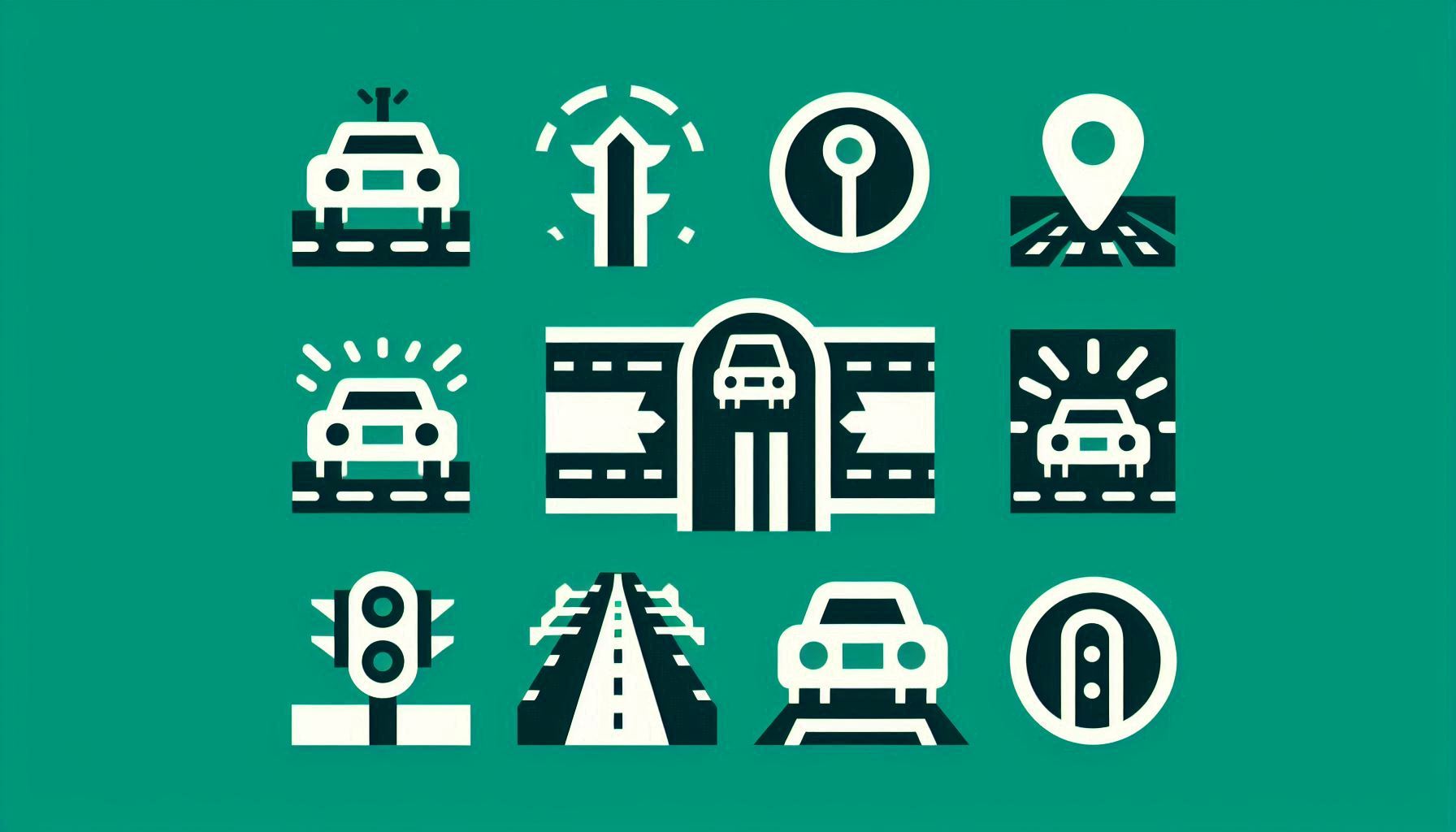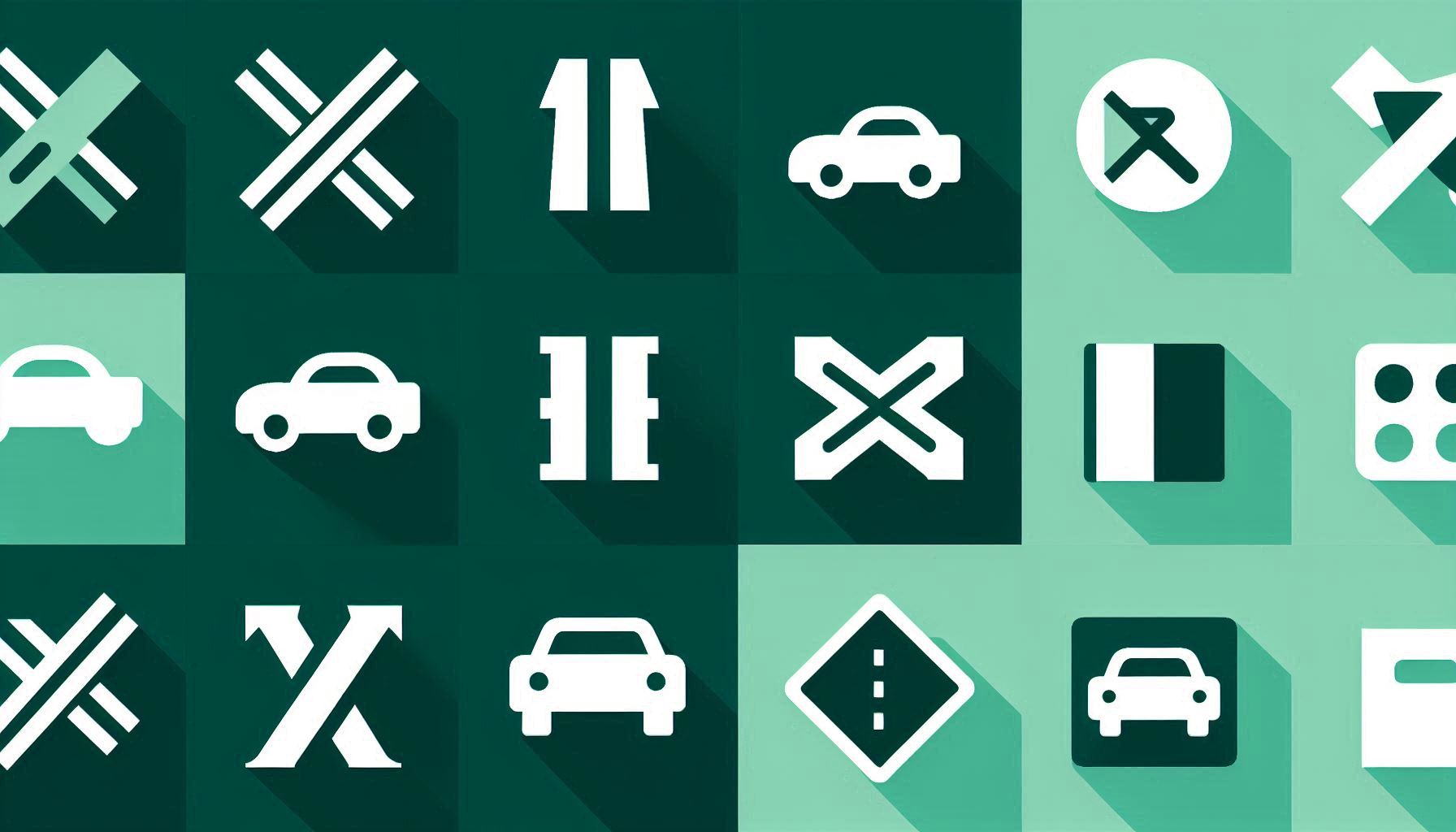People Preferences Towards Bikes and Electric Bikes in Urban Areas – Case Study for Hungary

Downloads
In the last decade, innovations in micro-mobility (i.e. lightweight vehicles) have been developing fast. Travellers switch to more efficient, affordable, economical and eco-friendly transport modes as a cultural, habit and policy compliance to reduce the dependence on motorised transport modes. In this research, the behaviour of travellers toward two types of bikes: (1) electric bike (e-bike) and (2) regular bike (bike) is predicted. A mathematical model of transport mode choice is developed using the discrete choice modelling approach based on a stated preference (SP) survey distributed in Hungary. The developed transport choice model includes trip cost, trip time and walking distance to reach the location of bike/e-bike or to reach your destination after parking your bike/e-bike, parking type, economic, sociodemographic and travel variables. The developed model shows that travellers are more likely to choose bikes over e-bikes. Significant variables demonstrate influence on travellers in choosing bikes or e-bikes, such as parking type, which emphasises that free-floating parking is preferred over parking lots. This research adds value to the literature that emphasises the importance of parking type, trip purpose and other sociodemographic variables in choosing bikes/e-bikes in urban areas.
Downloads
Jaber A, Csonka B. Temporal travel demand analysis of irregular bike-sharing users. In: HCI in Mobility, Transport, and Automotive Systems. Springer; 2022. p. 517-525.
Lierop Dv, Badami MG, El-Geneidy AM. What influences satisfaction and loyalty in public transport? A review of the literature. Transport Reviews. 2017. DOI: 10.1080/01441647.2017.1298683.
Hamadneh J, Jaber A. Modeling of intra-city transport choice behaviour in Budapest, Hungary. J Urban Mobil. 2023;3:100049. DOI: 10.1016/j.urbmob.2023.100049.
Guevara CA. Mode-valued differences of in-vehicle travel time savings. Transportation. 2017;44:977-997. DOI: 10.1007/s11116-016-9689-3.
Beil D, et al. Modal shift measures to increase the use of eco-friendly transport modes: a literature review. Transport Pro. 2023;72:4279-4286. DOI: 10.1016/j.trpro.2023.11.343.
Krisdiyanto A, et al. Challenges and solutions in developing eco-friendly electric vehicles with extended range. WSIS Journal. 2023;1:799-807. DOI: 10.58812/wsis.v1i09.232.
Hamadneh J, et al. Stakeholder viewpoints analysis of the autonomous vehicle industry by using multi-actors multi-criteria analysis. Transport Policy. 2022;126:65-84. DOI: 10.1016/j.tranpol.2022.07.005.
Ács A, et al. The future of sustainable mobility in Budapest in 2030. Sustainable Mobility Studies. 2023:37-56. DOI: 10.29180/9786156342560_3.
Földes D, Přibyl O. Competitive or complementary? Analyzing bike-sharing use between public transport stops: A case study in Budapest. In: 2023 Smart City Symposium Prague (SCSP). IEEE; 2023. DOI: 10.1109/SCSP58044.2023.10146210.
Weicker T, Tóth K. "I love Budapest. I bike Budapest?" Urban bicycle traffic in the Hungarian capital, 1980–2014. SAGE Publ Sage UK: London, England; 2021.
Olabi AG, et al. Micromobility: Progress, benefits, challenges, policy and regulations, energy sources and storage, and its role in achieving sustainable development goals. Int J Thermofluids. 2023;17:100292. DOI: 10.1016/j.ijft.2023.100292.
Jaber A, Csonka B. Towards a sustainable and safe future: Mapping bike accidents in urbanized context. Safety. 2023;9(3):60. DOI: 10.3390/safety9030060.
Cornet Y, et al. Worthwhile travel time: A conceptual framework of the perceived value of enjoyment, productivity and fitness while travelling. Transport Reviews. 2022;42:580-603. DOI: 10.1080/01441647.2021.1983067.
Hamadneh J, Esztergár-Kiss D. The effects of multitasking and tools carried by travelers onboard on the perceived trip time. J Adv Transp. 2021;25. DOI: 10.1155/2021/5597694.
Small KA. Valuation of travel time. Econ Transp. 2012;1(1-2):2-14. DOI: 10.1016/j.ecotra.2012.09.002.
Hamadneh JMJ. The implications of integrating autonomous vehicles into the transport system [dissertation]. Budapest: Budapest University of Technology and Economics; 2022.
Hamadneh J, Esztergár-Kiss D. The preference of onboard activities in a new age of automated driving. Eur Transp Res Rev. 2022;14(1):15. DOI: 10.1186/s12544-022-00540-7.
Reck DJ, et al. Explaining shared micromobility usage, competition and mode choice by modelling empirical data from Zurich, Switzerland. Transp Res Part C Emerg Technol. 2021;124:102947. DOI: 10.1016/j.trc.2020.102947.
Reck DJ, Martin H, Axhausen KW. Mode choice, substitution patterns and environmental impacts of shared and personal micro-mobility. Transp Res Part D Transp Environ. 2022;102:103134. DOI: 10.1016/j.trd.2021.103134.
Rayaprolu S, Venigalla M. Motivations and mode-choice behavior of micromobility users in Washington, DC. J Mod Mobil Syst. 2020;1. DOI: 10.13021/jmms.2020.2894.
Reck DJ, Axhausen KW. Who uses shared micro-mobility services? Empirical evidence from Zurich, Switzerland. Transp Res Part D Transp Environ. 2021;94:102803. DOI: 10.1016/j.trd.2021.102803.
Campisi T, Akgün N, Tesoriere G. An ordered logit model for predicting the willingness of renting micro-mobility in urban shared streets: A case study in Palermo, Italy. In: Advances in Transport Systems and Technologies. Springer; 2020. DOI: 10.1007/978-3-030-58802-1_57.
Zhao X, et al. Prediction and behavioral analysis of travel mode choice: A comparison of machine learning and logit models. Travel Behav Soc. 2020;20:22-35. DOI: 10.1016/j.tbs.2020.02.003.
Kutela B, et al. Analysis of residents’ stated preferences of shared micro-mobility devices using regression-text mining approach. Transp Plan Technol. 2022;45(2):159-178. DOI: 10.1080/03081060.2022.2089145.
Bai S, Jiao J. Dockless e-scooter usage patterns and urban built environments: A comparison study of Austin, TX, and Minneapolis, MN. Travel Behav Soc. 2020;20:264-272. DOI: 10.1016/j.tbs.2020.04.005.
Caspi O, Smart MJ, Noland RB. Spatial associations of dockless shared e-scooter usage. Transp Res Part D Transp Environ. 2020;86:102396. DOI: 10.1016/j.trd.2020.102396.
Hatami F, et al. Non-linear associations between the urban built environment and commuting modal split: A random forest approach and SHAP evaluation. IEEE Access. 2023;11:12649-12662. DOI: 10.1109/ACCESS.2023.3241627.
Elhenawy M, et al. A novel crowdsourcing model for micro-mobility ride-sharing systems. Sensors. 2021;21(14):4636. DOI: 10.3390/s21144636.
Jaber A, Hamadneh J, Csonka B. The preferences of shared micro-mobility users in urban areas. IEEE Access. 2023;11:74458-74472. DOI: 10.1109/ACCESS.2023.3297083.
Hauber AB, et al. Statistical methods for the analysis of discrete choice experiments: A report of the ISPOR conjoint analysis good research practices task force. Value Health. 2016;19(4):300-315. DOI: 10.1016/j.jval.2016.04.004.
Mangham LJ, Hanson K, McPake B. How to do (or not to do)... Designing a discrete choice experiment for application in a low-income country. Health Policy Plan. 2009;24(2):151-158. DOI: 10.1093/heapol/czn047.
Lancsar E, Louviere J. Conducting discrete choice experiments to inform healthcare decision making. Pharmacoeconomics. 2008;26(8):661-677. DOI: 10.2165/00019053-200826080-00004.
Rose JM, Bliemer MCJ. Constructing efficient stated choice experimental designs. Transp Rev. 2009;29(5):587-617.
Johnson FR, et al. Constructing experimental designs for discrete-choice experiments: Report of the ISPOR conjoint analysis experimental design good research practices task force. Value Health. 2013;16(1):3-13.
de Bekker-Grob E, et al. Sample size requirements for discrete-choice experiments in healthcare: A practical guide. Patient Cent Outcomes Res. 2015;8:373-384.
Schmitz C. LimeSurvey: An open-source survey tool. LimeSurvey Project Hamburg, Germany; 2012. Available from: http://www.limesurvey.org.
Cascetta E. Random utility theory. In: Transportation Systems Analysis. Springer; 2009. p. 89-167.
Hensher DA, Greene WH. The mixed logit model: The state of practice. Transportation. 2003;30:133-176.
Polydoropoulou A, et al. Who is willing to share their AV? Insights about gender differences among seven countries. Sustainability. 2021;13(9):4769. DOI: 10.3390/su13094769.
Hamadneh J, Esztergár-Kiss D. The preference of onboard activities in a new age of automated driving. Eur Transp Res Rev. 2022;14(1):15. DOI: 10.1186/s12544-022-00540-7.
Jaber A, Csonka B. Assessment of Hungarian large cities' readiness in adopting electric bike-sharing systems. Discov Sustain. 2024;5(203). DOI: 10.1007/s43621-024-00413-0.
Jaber A, Csonka B. Investigating the temporal differences among bike-sharing users through comparative analysis based on count, time series, and data mining models. Alex Eng J. 2023;77:1-13. DOI: 10.1016/j.aej.2023.06.087.
Copyright (c) 2025 Jamil HAMADNEH, Ahmed JABER

This work is licensed under a Creative Commons Attribution-NonCommercial 4.0 International License.




















